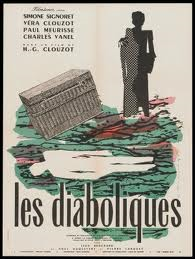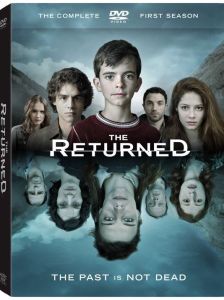 Few filmmakers capture the beauty and heartbreak of unrequited love like Wong Kar-wai. His innovative, emotionally charged films feature themes of longing, love, loneliness, and the nature of time and memory. These themes figure prominently in one of his best films, In the Mood for Love.
Few filmmakers capture the beauty and heartbreak of unrequited love like Wong Kar-wai. His innovative, emotionally charged films feature themes of longing, love, loneliness, and the nature of time and memory. These themes figure prominently in one of his best films, In the Mood for Love.
Set in 1962 Hong Kong, the film opens with new tenants moving into a crowded and lively apartment building. Chow Mo-wan (Tony Leung) is a journalist and Su Li-zhen (Maggie Cheung) is a secretary at a shipping company. Both are married, but they are frequently left alone since their spouses work late or travel for business. Aside from their introduction when they moved into the building, their initial encounters are polite but fleeting.
While Chow and Su seem to have happy and stable marriages, they secretly suspect their spouses of infidelity. Eventually, Chow and Su determine that their spouses are having an affair with each other. Hurt and saddened by this discovery, they meet to discuss the affair. What begins as a clandestine meeting between betrayed spouses soon blossoms into friendship as Chow and Su discover a mutual love of martial arts serials. They begin collaborating on stories, but their friendship becomes the subject of gossip among their neighbors. Chow and Su do not want to be like their cheating spouses, so they keep their friendship strictly platonic; however, as time passes they slowly begin to realize their feelings run far deeper than friendship.
A lot of the action takes place off-screen, which shifts the narrative focus to the main characters’ reactions to the affair. Chow and Su’s spouses are only heard in a few brief scenes and have no scenes together, leaving Chow and Su to reconstruct the affair from a few scattered clues and how they imagined their spouses initiated the affair. These scenes are especially well-acted by Tony Leung and Maggie Cheung, whose performances capture the repressed longing under their characters’ desire to maintain propriety. Chow and Su rarely touch and maintain a discreet distance when they’re in public, but their connection is intensely romantic.
The film is visually stunning with a soundtrack that complements the movie’s themes and the relationship between Chow and Su. The colors pop with intensity, from the deep red of a curtain blowing in an empty room to the blues and greens of Su’s elegant cheongsams. The memorable soundtrack features classic songs from Nat King Cole and contributions from composers Michael Galasso and Shigeru Umebayashi.
Elegantly structured and beautifully filmed, In the Mood for Love is an emotionally resonant story of two lonely people discovering an unexpected connection.
In the Mood for Love is in Cantonese and Shanghainese with English subtitles.
Check the WRL catalog for In the Mood for Love











 Thrillers rarely come along that are created with as much verve as Headhunters, a standalone novel by Norwegian author Jo Nesbø, who also writes the Harry Hole series. The crafty, intelligent plot has a bit of noir as well as some jaw-dropping comic moments; you won’t believe the literally sticky situations that come up amid Hitchcockian twists and turns. You’ll also find well-developed characters despite the book’s brevity (less than 300 pages), which I always appreciate.
Thrillers rarely come along that are created with as much verve as Headhunters, a standalone novel by Norwegian author Jo Nesbø, who also writes the Harry Hole series. The crafty, intelligent plot has a bit of noir as well as some jaw-dropping comic moments; you won’t believe the literally sticky situations that come up amid Hitchcockian twists and turns. You’ll also find well-developed characters despite the book’s brevity (less than 300 pages), which I always appreciate.

 I don’t usually watch Anime, but my daughter enthused about Spirited Away, so we sat down on the couch to watch it together on her laptop. That became a nudging, pushing, “Turn the screen this way” experience for both of us, so I was very pleased to discover that my library owns it on DVD. The library copy usually has several holds, so I had to wait. But it was worth it! This movie proves that a great story is a great story, no matter its format.
I don’t usually watch Anime, but my daughter enthused about Spirited Away, so we sat down on the couch to watch it together on her laptop. That became a nudging, pushing, “Turn the screen this way” experience for both of us, so I was very pleased to discover that my library owns it on DVD. The library copy usually has several holds, so I had to wait. But it was worth it! This movie proves that a great story is a great story, no matter its format.



